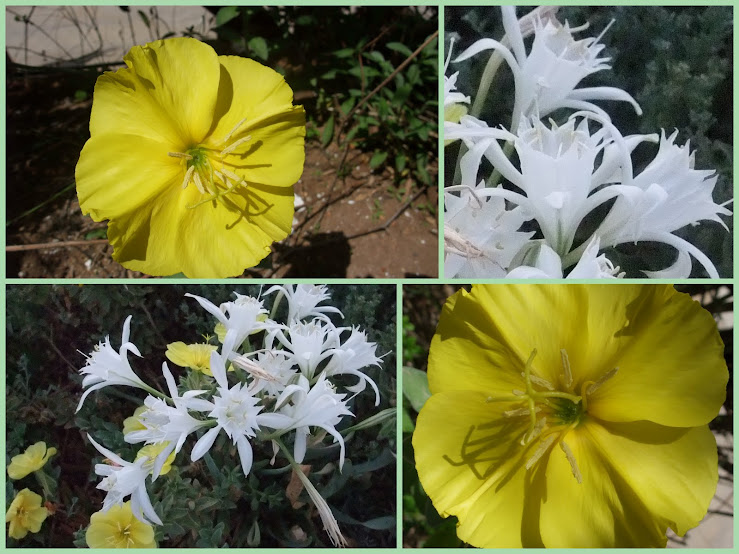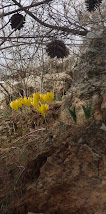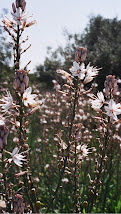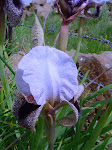Anemones come in many colours beside red

- here are some beautiful lilac ones
Tuvia's iris
Beautiful
The rarest of irises
In the last few weeks I have had the good fortune to visit both the Golan and the Negev. In both places, surprisingly enough, I saw wild irises in bloom.
In 1948 the ill-fated Lamed Hey were ambushed in the Ela valley as they tried to come to the aid of the besieged defenders of Gush Etzion. One of the 35 young heroes who gave his life that day was Tuvia Kushnir.
All his too short life he was a lover of flowers and had gone on many a field trip seeking them out. On one such trip, he wandered into Jordan and was arrested by the Jordanians, as they thought he was a spy. Who would believe that an Israeli would stray into Jordan looking for a flower? But they did, and he was released unharmed.
Tuvia discovered an iris that at first was thought to be the Irus Eretzisraeli or Iris palaestina but it turned out to be a much rarer relative, unique to Israel. This beautiful and rare flower is found in the wilds of the Negev desert north of Mitzpeh Ramon.
To my immense joy, I found and photographed one at Borot Lotz, not far from a desert cystern dug three thousand years ago by the Children of Israel.
The swamp iris

What an intricate flower the Grant Duff's iris is.
Egg yolks

Lovingly encircled
Tuesday, July 29, 2014
Thoughts from a war zone
Today I started a new blog dedicated to telling the truth about Israel. My tiny little country is under attack from an enemy that dedicates all its time, resources and energy to the destruction of Israel, the ancient homeland of the Jewish people!
Could it be any further away from the contents of this blog, dedicated to love and peace and beauty? I haven't posted here for quite a while ... but the flowers will return. And we in Israel will continue to love our country and pray for peace.
Subscribe to:
Comments (Atom)
The glorious Poleg irises

This area of the Netanya cliffs is slated to disappear beneath a housing development. But the area alongside will be saved. And willing volunteers are lovingly digging up and replanting the iris rhizomes in the protected place.




.JPG)
















